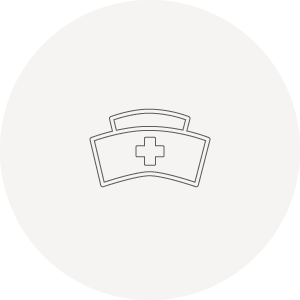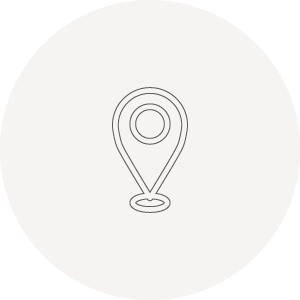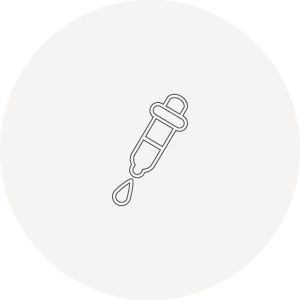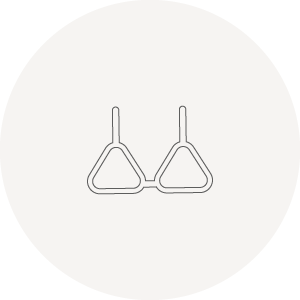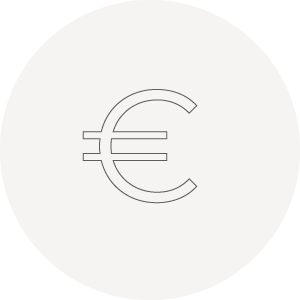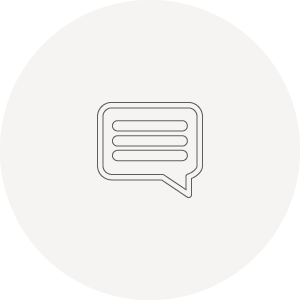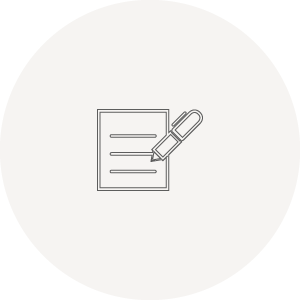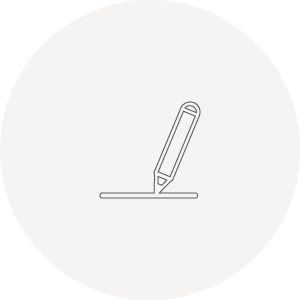Liposuction: The Most Common Procedure in Aesthetic Surgery Since 1978
Liposuction, also known as liposuction surgery, is the most frequently performed procedure in aesthetic surgery. When carefully planned and carried out by an experienced surgeon, it is a highly effective intervention that can be performed on an outpatient basis (under local anesthesia), as a day-case procedure, or as an inpatient procedure (under twilight sedation or general anesthesia), depending on the amount of fat to be removed. With proper planning and precise indication, even larger fat volumes (6 liters or more) can be safely removed.
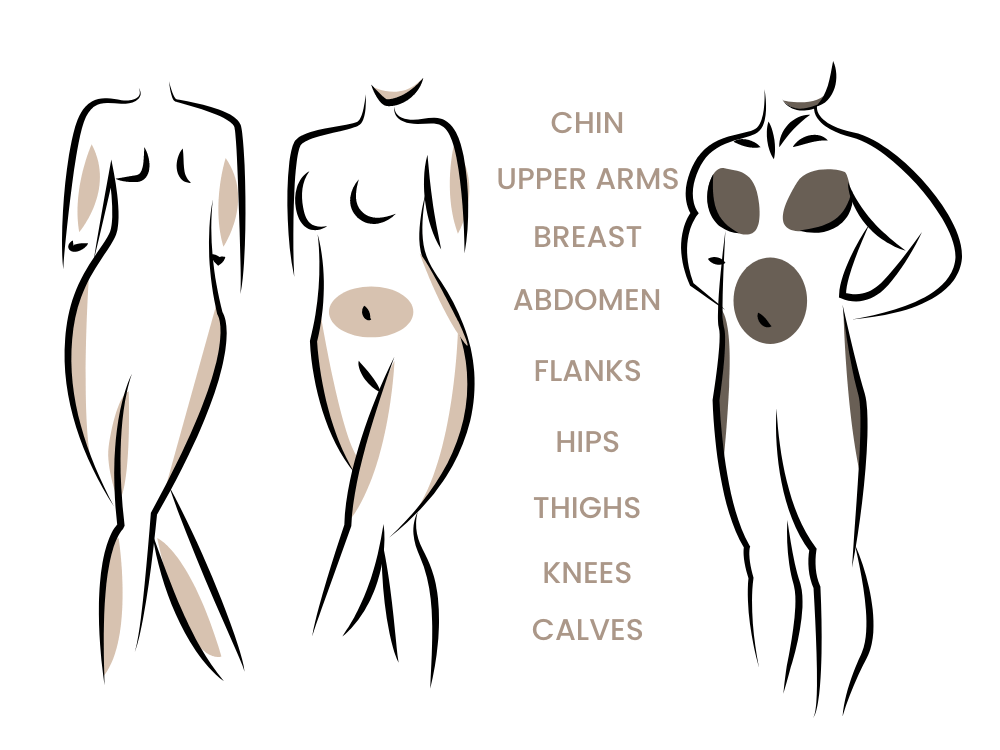
Body Contouring Through Liposuction: Eliminating Unwanted Fat Deposits
Fat can be permanently removed from almost any area of the body. To specifically target and eliminate stubborn fat deposits, liposuction is the method of choice — it is more effective, precise, and, in most cases, ultimately more cost-efficient than non-invasive methods (such as cryotherapy or fat-dissolving injections). Many people struggle with fat that persists in certain areas despite regular exercise and a healthy lifestyle. Liposuction gently and precisely removes these often genetically determined fat deposits.
In most cases, fat removal in common problem areas such as hips, saddlebags, inner thighs, upper arms, and abdomen can help achieve the desired body shape and contribute to an improved body image. The goal of the procedure should always be to create a harmonious and natural body contour — true body forming.
Causes and Symptoms of Excess Fat Accumulation in the Body
Those affected often complain about stubborn fat deposits that are difficult to reduce even with intense exercise.
Possible causes of increased, generalized, or localized fat accumulation (known as lipomatosis) include:
- Use of certain medications
- Congenital conditions such as gynecomastia and lipedema
- Overweight due to excessive calorie intake
- General metabolic disorders
- Asymmetrical fat distribution disorder (Madelung’s disease)
It is important to note that cellulite (“orange peel skin”) can often be significantly improved through liposuction, especially when the treated area is subsequently followed by Lipomassage (LPG) / Endermologie therapy.
Risks of Liposuction
Basically, liposuction is a safe surgical procedure when performed by experienced hands and carefully planned — regardless of the specific technique used (there are approximately six different methods). However, in rare cases, complications can occur, such as:
- Nerve injuries
- Tissue damage
- Organ injury
- Bleeding
- Infections
- Wound healing disorders
- Hyperpigmentation (darkening of the skin)
- Irregularities in the treated area
- Temporary loss of sensation in the donor area(s)
- Swelling
- Bruising
The likelihood of these complications primarily depends on the surgeon’s experience, followed by the technique used and, of course, the amount of fat tissue removed.
Possible Areas for Liposuction
In experienced hands, fat can be removed from virtually any area of the body.
Abdomen
The abdomen is considered the number one problem area, as fat tends to accumulate here and is often very difficult to eliminate. Even with great discipline in diet and exercise, success is sometimes limited. Liposuction of the abdomen can achieve impressive results and can also be combined with an abdominoplasty (tummy tuck). However, caution is advised: a large belly is often not correctable with liposuction alone if the excess fat is intra-abdominal (inside the abdominal cavity). In such cases, only weight reduction helps.
Waist
Liposuction of the waist can be performed alone but is often combined with abdominal liposuction. A redefined waist and flatter abdomen are very popular results.
Legs
The legs are a very common problem area. Fat deposits around the knees, outer thighs (“saddlebags”), and inner thighs often cause dissatisfaction and, unfortunately, shame—though this should not be the case. Successful liposuction in these regions can lead to smaller clothing sizes and more harmonious proportions. Multiple body regions can be treated together when medically safe, and the fat can even be reused for body contouring (hip dips, BBL, etc.).
Inner Thighs
Liposuction on the inner thighs can accentuate a feminine silhouette, even if not every woman desires a “thigh gap” — the space visible between the legs when standing upright.
Outer Thighs (Saddlebags)
Unwanted fat often accumulates on the outer thighs and buttock area (saddlebags). The term originates from the shape of old riding trousers, which bulged in exactly this area. Correcting saddlebags is probably the most common and effective liposuction procedure.
Lower Legs (Calves and Ankles)
Excess fat on the calves is especially disliked, as it is almost always visible due to Western clothing styles. Liposuction of these areas can create a slimmer, more aesthetic leg and ankle shape. However, calf liposuction requires particular skill, as even the smallest irregularities are visible.
Chin and Neck
Many people have a double chin even without being overweight — this is often a genetic predisposition. A double chin at normal weight cannot be trained away. The most effective solution is liposuction of the double chin. If the platysma (neck muscle) is not sagging, this procedure can remove the double chin and create a more harmonious facial profile. Besides reducing volume, liposuction also has a tightening effect that improves over several months.
Jawline (Lower Jaw–Neck Transition)
When fat accumulates along the jawline, facial contours are lost. Liposuction in this area restores a defined jawline and a smooth transition to the neck.
Chest
Fat can be removed from the chest area in both men and women.
Male Chest: Lipomastia and Gynecomastia
An enlarged male chest caused by excess fat tissue is called lipomastia or pseudogynecomastia. If both fat and glandular tissue are present, it is called gynecomastia. Many men suffer deeply from this condition, as it cannot easily be concealed. Liposuction is an effective way to improve the chest contour and restore confidence.
Female Chest: Breast Lift and Reduction
Women with large breasts often suffer from the weight and sagging of their breasts, leading to stretched skin and tissue. Excess glandular and fatty tissue can be removed as part of a breast lift or reduction for relief and a more youthful shape.
Upper Arms
The upper arms are another frequent problem area, especially for women — often even without being overweight. The so-called “bat wings” (sagging underarm fat) can cause insecurity. Liposuction can yield surprisingly good results, as the connective tissue in this area tends to contract strongly, so the arms do not necessarily sag after fat removal.
Hips (Love Handles)
The areas between the hips and ribs — the so-called “love handles” — are particularly prone to stubborn fat deposits. These are ideal for liposuction and contour refinement.
Knees
Many people are bothered by fat deposits around the knees (above the kneecap or inner knee), even if they are otherwise slim. Liposuction of the knees is often performed together with liposuction of the thighs and hips for optimal results.
Back
Upper Back: This area (above the bra line) is often a problem zone, especially for men. It also includes unwanted fat under the armpits.
Lower Back: Fat removal here (below the bra line) is more common in women and helps define the lower back for a smoother silhouette.
Buttocks
Liposuction of the buttocks is relatively rare. On the contrary, many patients wish for a fuller shape — the so-called Brazilian Butt Lift (BBL), where fat is removed from other regions and transferred to the buttocks. Those seeking a rounder or differently shaped buttocks might consider this alternative.
Banana Fold
The “banana fold” refers to a fat deposit directly beneath the buttock crease. Liposuction can also be performed here, but with great care — removing too much fat may eliminate structural support for the buttocks, risking sagging.
Technique of Liposuction
Since the year 2000, we have been using a vibration-assisted method known as Lipomatic®. The characteristic feature of this technique is the three-dimensional rotation of the cannula tip used for fat removal, operating at a frequency of approximately 100 hertz. Compared to other techniques (such as ultrasound, Vaser, or BodyJet), this method causes minimal damage to fat cells, as it generates only very low shear forces. With this approach, up to 3 kg of fat can be removed in a single session under local anesthesia. In our clinic, we already use fourth-generation Lipomatic® devices. Both the liposuction results and patient satisfaction are excellent — for comfort reasons, however, the procedure is usually performed under twilight sedation.
With the Lipomatic® method, we can remove fat from virtually any area of the body. This allows us to treat even delicate regions such as the neck, knee area, inner upper arms, calves, and inner thighs with precision and safety. Thanks to the gentle removal of fatty tissue, this technique is also ideally suited for autologous fat transfer procedures.
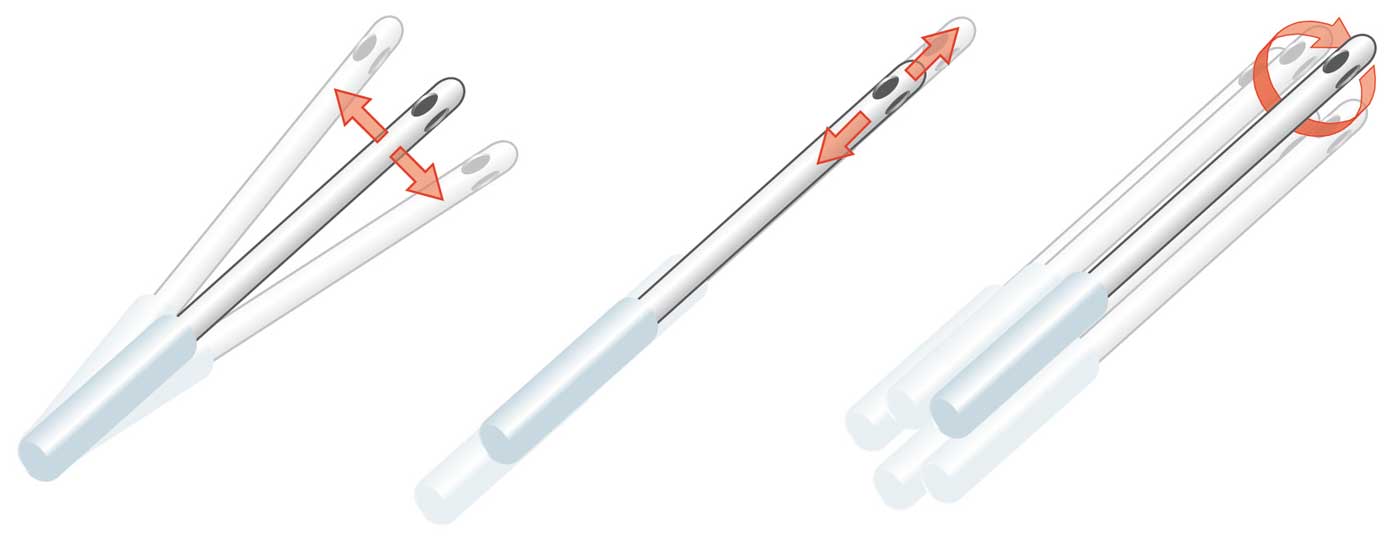
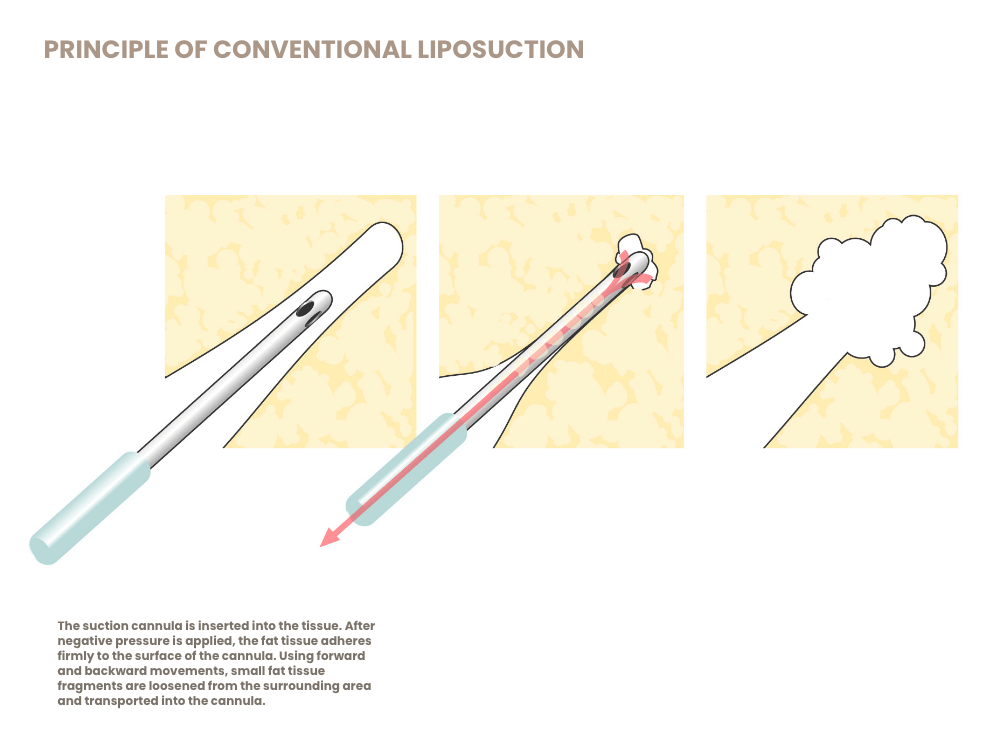
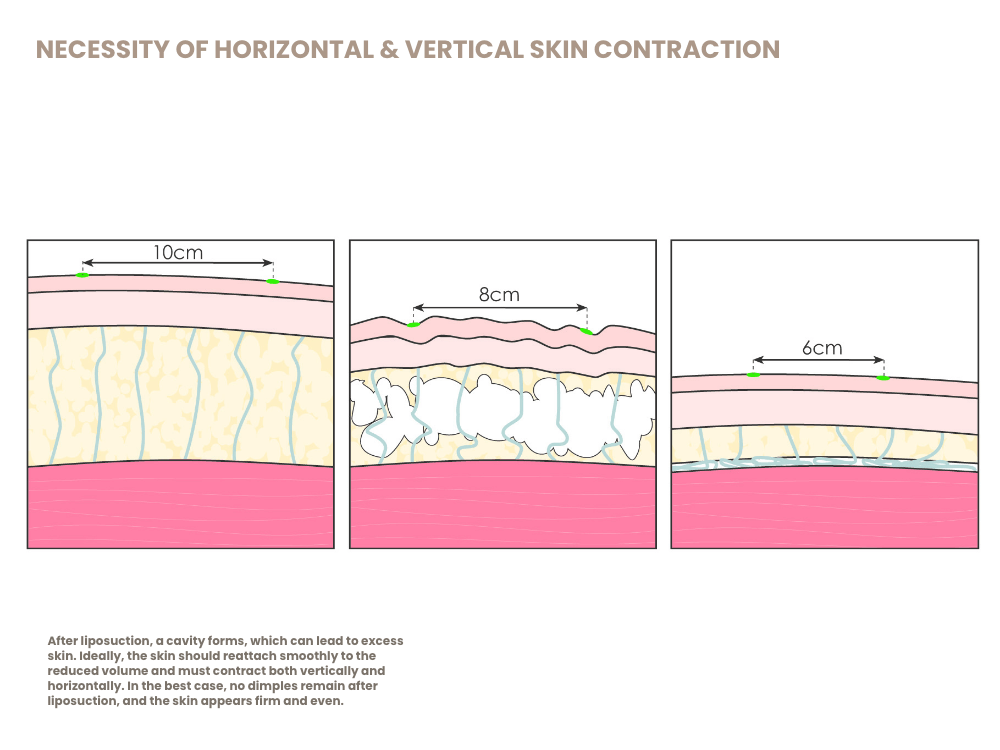
Options for Combined Procedures
Liposuction can easily be used for breast augmentation with autologous fat (fat transfer).
The harvested fat is processed in several steps — the cells are purified and separated from blood. The prepared fat is then injected with a cannula directly under the breast gland and fan-shaped around the areola.
The following treatments can also be performed using the harvested and processed fat:
- Facial wrinkle treatment (lips, dark circles, temples, nasolabial folds, etc.)
- Buttock augmentation with autologous fat (BBL)
- Scar correction
- Improvement of skin condition after radiation
- Correction of tissue defects
- Labia majora augmentation
- General improvement of skin quality
- Improvement of skin texture after burns
- Penile thickening
- Aesthetic corrections in other body areas such as the hands, etc.

